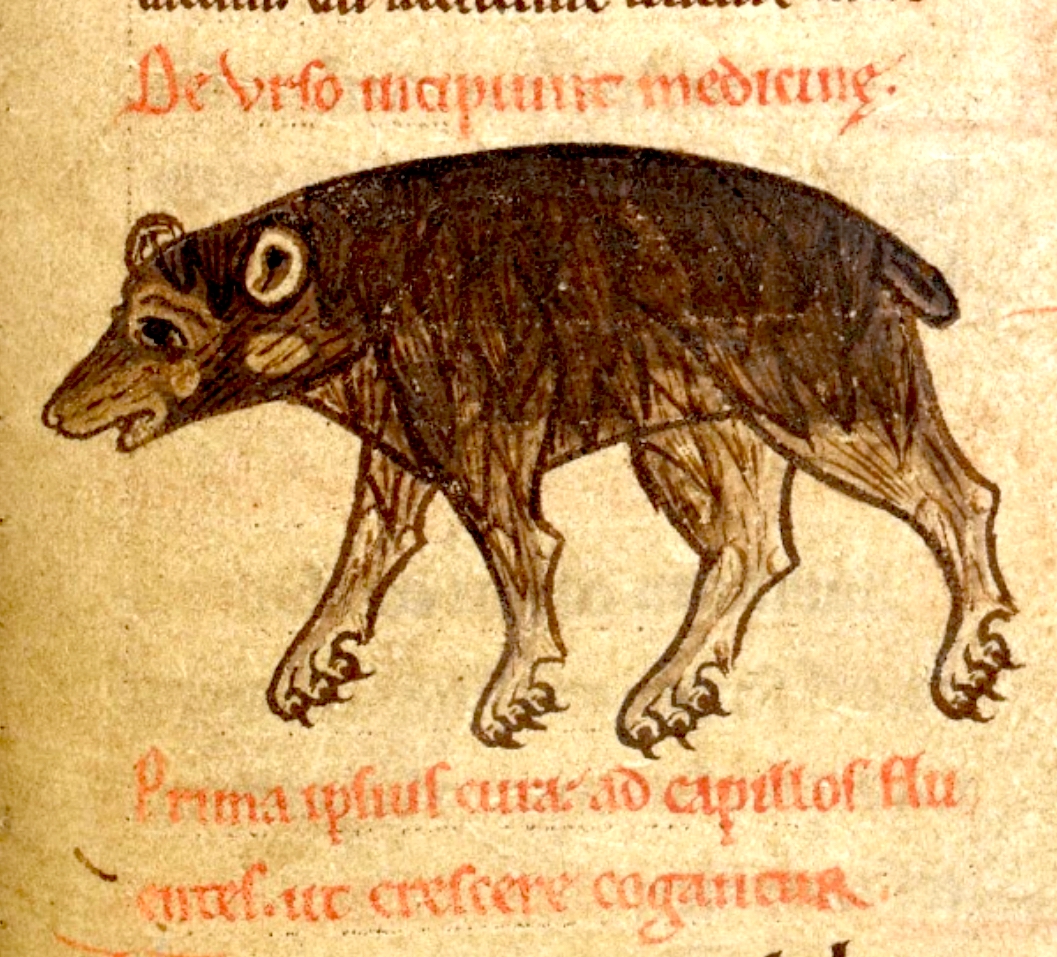daemonica

Web site describing the Lingua Daemonica conlang.
Tower of Babel
This is a translation of Genesis 11:1–8 into Daemonica and then into English. Differences in word order make it hard to translate long sentences line-by-line: in the English, when a word is marked with an asterisk, it has been transposed from a later Daemonica line for the sake of clarity.
- Sba-vaku dir-þtu tn sbü-bzū-vu di-bzō~bzō-kogŋgo-vo bm fm.
- NMLZ-long.ago D2\person-all D3\DUP D4\NMLZ-say-SG D5\raise.ABS-say~DIM-AGG-SG D4\and D3\has.a
- Once upon a time, all people had one language and one vocabulary.
- Pþī tn düvbūpfur fü-büybu bzer-pfer sürvu-bu-žū1 fer-kē
- D2\AND.THEN D3\DUP D4\east D4\UNACC-left D3\come.from-PFV D4\flowing.water-two-PN D3\LOC-INCH
- They came from the east and settled in the valley of Shinar.
- Pþī tn “Sur ba-hāpu-tþur dži kū” bzē
- D2\AND.THEN D3\DUP rock UNERG-build-IRR D2\heat INS D3\say
- They then said to each other: —Let us make bricks by burning them.
- Pþī tn sur-džū
- D2\AND.THEN D3\DUP D4\rock-mechanical
- Their walls were brick,…
- fü-škū bvü-füyhu sirdðarždor kū fm.
- D4\UNACC-wall D4\REFL-stick.to D5\bitumen D4\INS D3\has.a
- …mortared together with bitumen.
- Pþī tn “Šku-bū sarvervi2 arvu tšir
- D2\AND.THEN D3\DUP what-CESS D2\rain above D2\pillar
- They then said*: —Let us build* a tower whose summit is above the rain…
- tũhærgē fir gū ba-hāpu-tþur…
- D3\city D2\LOC bind UNERG-build-IRR
- …in a city…
- …tī bva-tahi-kī pfm
- D2\1PL.INCL D2\is.a-sage-INCO cause
- …and thereby make ourselves great,…
- tī kši-kī sürke fir aybur3,” bzē.
- D2\1PL.INCL D2\disarray-INCO D3\territory D2\LOC choice.or D3\say
- …lest we become scattered all over the land.
- Pþī Tþũ-vü-key-žē tn4
- D2\AND.THEN D3\something-SG-GNO-PN D4\DUP
- The Eternal One…
- tīhargō tšer bm bi-hāpo-fō þn5 kō pfür-gur
- D5\city D6\pillar D5\and D5\UNERG-build-PFV D6\COPY.3 D5\OBL D4\see-INTV
- …took notice of the city and tower the people had built.
- Pþē tn “Tāhorgū-vu-pū tn
- D3\AND.THEN D4\DUP city-SNG-PROX D2\DUP
- The Eternal One said*, —This community…
- sbü-bzē-ve dũ-bzū~bzū-kugŋku-vu bm fm…
- D3\NMLZ-say-SG D4\raise.ABS-say~DIM-AGG-SG D3\and D2\has.a
- …has one language and one vocabulary…
- …sm tšüy-pē bm
- D3\COPY.2 D3\arbitrary.1-PROX D2\and
- …and is doing this thing.
- sm bve-þte-tþer sm bü-tsuy bve pfm
- D3\COPY.2 D3\how-all-IRR D4\COPY.2 D4\desire-arbitrary.1 D3\bind D2\cause
- Therefore, it will be able to do anything it wants.
- Pþū tī sbü-bzē þn fm kšü-kū
- AND.THEN D2\1PL D3\NMLZ-say D4\COPY.3 D3\has.a D3\disarray-INCO
- Let us confound their language…
- pfm-tþir sm-fē fir,
- D2\cause-IRR D3\COPY.2-PFV D2\LOC
- …after coming close to them,…
- der-be-þte pse fir tn
- D3\person-two-all D3\ROLL D2\LOC D3\COPY
- …so that no two people from that community…
- sbü-bzū-bu-þtu fm gģī-gir6 bi pfm” bzū.
- D4\NMLZ-say-two-all D3\has.a D2\hear-INTV D2\NEG cause D4\say
- …will listen to each other’s speech.
- Pþē sm kšü-kō sirko fur pfm-fé,
- D3\AND.THEN D4\COPY.2 D4\disarray-INCO D5\territory D4\LOC D3\cause-PFV
- The Eternal One scattered the people all over the land…
- tũhorgū bü-hũpu-bū pfm fe kī pur.7
- D4\city D4\UNERG-build-CESS D3\cause D3\SWAP D2\OBL ABS
- …and so they stopped building the city.
-
Biblical Hebrew Šinʿār = Babylonian Šumêr = “the country of two rivers.” ↩
-
The geocentric cosmology of the Bible does not translate well into Daemonica. ↩
-
The combination of -hur, the irrealis mood suffix, with darhur, the “or” of choice, has the same effect as the Hebrew pen or the English “lest”: “we should do X, or Y may happen.” ↩
-
God (The One Eternal Thing) has entered the stack, and, like the human race, gets copied on the stack instead of being re-mentioned explicitly. ↩
-
At this point in the narrative, the six items on the stack are: ① all the people; ② the city and tower that had been built; ③ God; ④ God, again; ⑤ all the people, again; ⑥ the tense marker for the remote past. The following word, the kū case marker, indicates that the people have an oblique or instrumental relationship with these buildings. (Since the word āpu expresses a relationship between a constructed object and its parts, an oblique argument must be used to indicate who constructed the object.) ↩
-
The Hebrew verb here, yiš'mʿû, means “listen” as well as “understand.” ↩
-
As the people are scattered, the stack is unwound. The final pur indicates that everything between it and the first word, the normalized tense marker sbavaku, should be treated as the absolute argument of that word: i.e., we have come to the conclusion of a story from the mythic past. ↩